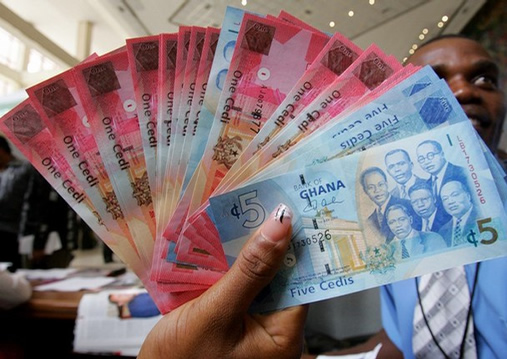
The Bank of Ghana has dismissed concerns that the recent appreciation of the cedi could undermine export competitiveness; adding, it remains within acceptable bounds and is not resulting in a real appreciation that would threaten the country’s trade position.
Governor Dr. Johnson Pandit Asiama gave the assurance at a press briefing following the central bank’s 124th Monetary Policy Committee (MPC) meeting in Accra.
The central bank maintains that its primary concern is avoiding persistent real appreciation—a scenario in which the cedi’s gains outpace inflation-adjusted fundamentals, potentially eroding export competitiveness and derailing the economic recovery.
“The important thing here is to ensure that in real terms, the cedi is not appreciating consistently. And we think that where we are now, we don’t have that problem,” Dr. Asiama noted.
The bank indicated that it does not target a fixed exchange rate but operates a managed float regime, allowing for market-based fluctuations with interventions limited to addressing disorderly market conditions.
Officials describe the recent exchange rate movements as consistent with Ghana’s macroeconomic stabilisation path. After years of volatility and external shocks, the central bank is keen to present the cedi’s strength as a reflection of restored policy credibility and improving fundamentals.
The cedi has appreciated steadily this year, buoyed by a mix of tight monetary policy, rising foreign inflows and a stronger current account position. The bank insists the gains are market-driven, not the result of artificial interventions.
“We are not using our reserves to intervene in the market. The appreciation you are seeing is driven by our economic policy, the stance of monetary policy and international flows such as remittances and commodity exports like gold and cocoa”.
Currently, Ghana’s external sector has been performing strongly. The trade surplus is widening, and the current account remains in surplus, supporting the cedi.
The stronger cedi is also being positioned as a tool in the central bank’s disinflation strategy. Inflation fell to 21.2 percent in April from over 54 percent in late 2022, with the appreciation helping to curb imported inflation by making dollar-priced goods cheaper.
“The appreciation in the cedi is also driving this inflation path,” Dr. Asiama observed.
The post Editorial: No market distortion in recent cedi appreciation appeared first on The Business & Financial Times.
Read Full Story


















Facebook
Twitter
Pinterest
Instagram
Google+
YouTube
LinkedIn
RSS